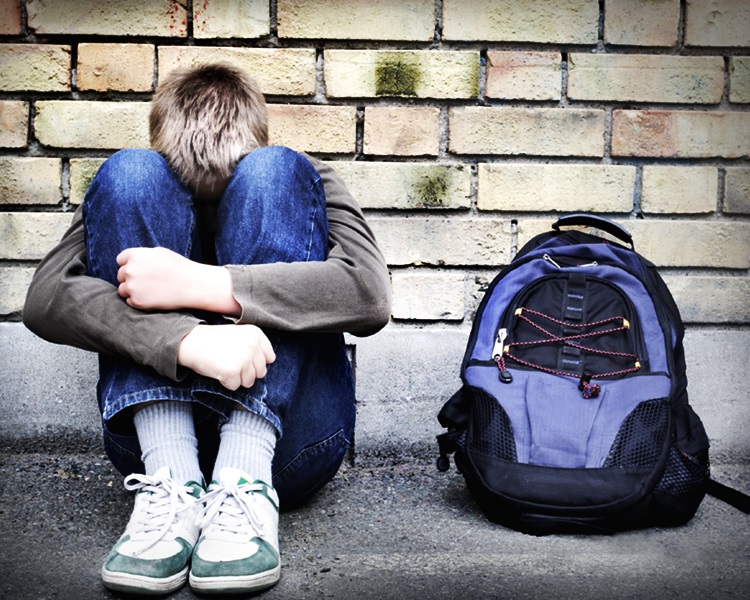Research show that gay students are more than 30 percent likely to be bullied than their peers. And the consequences can be severe, ranging from higher risks of dropping out of school to suicidal behaviour. Therefore the question arises, are school authorities doing enough to prevent homo- and transphobic bullying?

“It is a known fact that gay students are at higher risk of being mobbed than others,” says Sigurður Páll Jósteinsson, who has researched homophobic bullying. Sigurð’s research is based on a wide range of data, including a recent Icelandic study that shows queer Icelandic teens are 5-6 time more likely to repeatedly consider committing a suicide than their heterosexual peers. And Sigurður names bullying as an influencing factor.
Hafþór Freyr Líndal, a member of SAFT’s youth panel, the Icelandic safer internet center, which is run by Home and School – The National parent organization in Iceland in cooperation with the police, Save the Children in Iceland and Red Cross, has seen severe examples of cyberbullying aimed specifically at LGBTI teens. “While online bullying aimed against gay students are only a fraction of the cases that we see, many of such cases that we have seen are particularly coarse.” He says that the severe bullying is particularly striking online, on sites such as Ask.fm and Formspring, where anonymous questions can be asked and comments made anonymously.
“What is also worrying,” Hafþór says, “is that we see few people take up the cudgels for the individuals being bullied.”
He adds that fortunately there is an indication that kids are taking a stand against homophobic bullying. Something he experienced first hand last February when SAFT payed a few classes of 16-year-old students a visit. “We brought them a collection of real comments taken from social media sites and asked the students to build a pyramid, putting the most severe on top. One of the comments was “All gays must die”. In all cases the students put that comment among the highest in the pyramid. We were glad to see that students at that age are prepared to be critical and take a stand. And most of them appear to be against anti-gay remarks.” He is therefore positive about the power future generations have to change.
But both Hafþór and Sigurður agree that LGBTI bullying needs to be addressed and the best way to do that is with an educational system free of prejudice. The key to such a system, they believe, lies in increased education on LGBTI matters, not only for students, but teachers as well. “Teachers working with children and adolescents need to be better educated, to acquire the skills to analyse, react to and prevent LGBTI bullying,” says Sigurður.
“What is also worrying is that we see few people take up the cudgels for the individuals being bullied.”
He points out that school authorities have an extensive responsibility to tackle the issue. “Bullying typically

takes place within the schools or at school hours. Therefore, school authorities not only have a responsibility to tackle bullying, it is also their legal obligation. They are supposed to educate students on bullying on the one hand and about LGBTI issues and sexuality on the other. That happens through teachers. To be able to do that effectively, it needs to be assured that teachers themselves receive adequate education on LGBTI matters.”
And it seems that adequate education on LGBTI matters isn’t the only education teachers need. A research from the year 2011, amongst students studying to become teachers at the School of Education, in University of Iceland, shows that they themselves feel that they need more education and training to be better able to tackle bullying – bullying in general.
Going back to LGBTI issues Sigurður says that Samtökin ’78, The National Queer Organisation, offers education for students and teachers of elementary schools, which has been well received. However, it is up to the heads of schools if they want it or not. “Which is not good enough. Research show that increasing education is the best way to fight prejudice. The authorities have a legal responsibility to offer a safe environment for all students. Therefore, they need to prioritize and pay more attention to LGBTI matters.”


